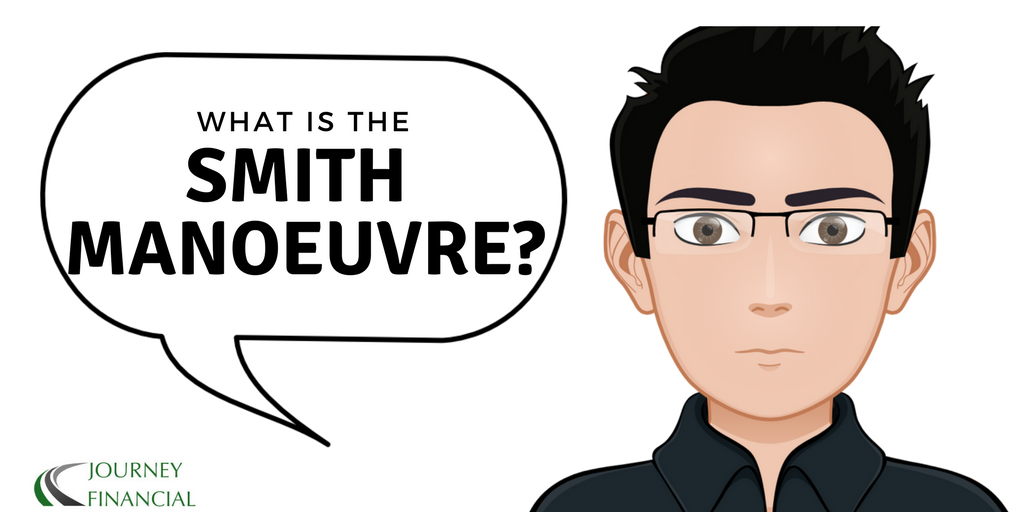Dear @financial_laura,
You mention the Smith Manoeuvre on your website, but what is that exactly?
While watching the Olympics and writing this article, I couldn’t help but wonder what an average Canadian thinks when they hear the term ‘Smith Manoeuvre’. Maybe it’s a type of figure skating jump, or a tricky bobsled corner?
This relatively unknown financial strategy was first pioneered by a Canadian, Fraser Smith, who had a goal of bringing the concept of a tax-deductible mortgage to all Canadians, irrespective of their level of wealth.
Little did he know that his name also coincides with the five key components of the strategy. Let’s walk through how it works…
S – Save
The first criteria for starting the Smith Manoeuvre (SM) is a minimum of 20% equity in your home. A greater amount of equity in your home reduces the Loan to home Value (LTV) and also reduces the risk with this strategy. The Banks will cap your LTV at 65%.
M – Mortgage
Next, the type of mortgage you obtain is called a “readvanceable mortgage”. This is a regular mortgage with a Home Equity Line of Credit (HELOC) attached to it. For every dollar of principal that you repay, you gain that same amount to borrow on your HELOC. Noting that your level of debt does not change, but instead it moves from your regular mortgage over to the HELOC.
I – Invest
Every dollar in the HELOC is now available for investment with some restrictions. CRA states that interest paid on money borrowed for investment purposes is tax-deductible – only if it is used to try to earn investment income – including interest and dividends. This must occur outside of a registered account or TFSA.
T – Tax deduction
Here’s the main benefit of this strategy: the interest on the HELOC loan is tax deductible. Every dollar of interest paid annually reduces your taxable net income.
You may be asking yourself where the money is coming from to pay the monthly HELOC interest? There is no need to pay the interest with cash, instead it can be capitalized. This means that each month you borrow the amount owed from the HELOC and pay the interest with the borrowed amount.
H – Hold on
This strategy is not for a novice or risk-adverse investor. The use of leverage necessitates a long-term approach and a comfort level with carrying a sizeable loan (and the tax deductions!) possibly until death.
That’s the high-level description of the Smith Manoeuvre.
What’s the Advantage?
Everyone’s personal situation is unique so it’s tough to use specific figures to show the advantages.
However, here’s my Smith Manoeuvre journey so you can see some of the benefits all without any additional cash outlay other than our bi-weekly mortgage payment:
- This year on a HELOC of nearly $70,000, we will be able to deduct $2,400 from taxable net income leading to a tax refund of $350 which will go to pay down the principal on the mortgage.
- Dividends earned on the investments are about $250 every six weeks (or $2,100 this year) which are withdrawn and used to repay the principal on the mortgage.
- If the above tax refund and dividends are used to repay the principal (and not spent on shoes) the duration of the mortgage will be reduced by about four years.
I have developed a calculator which can illustrate your own personal benefits. Contact me if you are interested in learning more about the Smith Manoeuvre.
This article was first published on my website at www.journeyfinancial.ca

